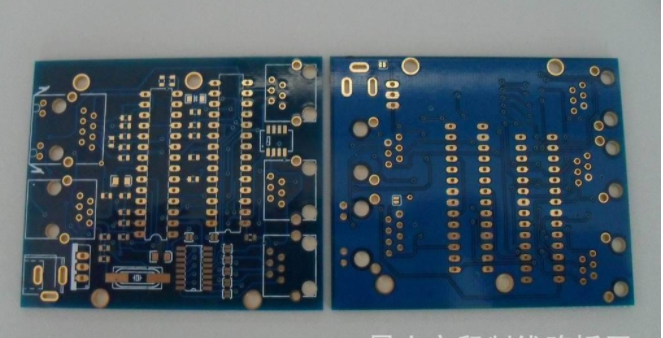Circuit board factory: help you understand printed electronics
What is printed electronics?
The printed electronics industry is one of the emerging industries that are developing rapidly in the world. Compared with traditional microelectronics technology, printed electronic technology has the advantages of less materials, low cost, no pollution, flexibility, etc., and it is a green manufacturing technology. Print Full Electronic Technology refers to the use of fast, efficient and flexible Digital Printing Inkjet Technology to form conductive circuits and patterns on the substrate (no copper foil), or to form the entire printed circuit The process of the board. Generally speaking, printed electronics is to print circuits on plastic film, which is undoubtedly much more economical and cleaner than traditional methods.
With the help of screen printing or roller printing technology that has been mature in the printing industry, engineers canprint circuit boards in large quantities only by finding a suitable substrate and conductive "ink". Moreover, due to the inherent advantages of printed electronics, it has the advantages of being degradable and disposing of equipment at will. By reducing production costs and opening up a new environmentally friendly product market, it will help people gradually get rid of the trouble of electronic waste.

Why is printed electronics the general trend?
As electronic products have become smaller and thinner, more stringent requirements have been placed on circuit boards. At present, electronic equipment must be composed of related components and parts, and the printed circuit board (PCB) is usually responsible for the support and connection of the components. Compared with traditional PCB boards, the substrate of printed electronics itself contains circuits and components, all of which are completed by printing and become true electronic circuits. This integrity is unmatched by PCB boards. At the same time, since printed electronics itself comes from printing, its base material is mainly organic film, it will show good flexibility and ultra-thin properties, and its good plasticity will save more space for electronic products, and it can be used in electronic products. An unprecedented breakthrough in appearance.
In addition to the above two major advantages, from a cost point of view. Because printed electronics are printed with organic films and various ink materials, the processing process is simple, and the investment in production equipment for printed electronics is not as complicated as PCB and PCBA; therefore, printed electronics are suitable for low-cost requirements. At the same time, there is very little waste in printed electronics production, no chemical etching and electroplating processes, and no waste water. It is a clean production process technology in the true sense.
What is the application prospect of printed electronics?
As the smart product market matures, we find that consumers increasingly value creative product design elements. As a highly plastic printed electronics, it will undoubtedly play an extremely important role in it. At present, the main purpose of printed electronics is to manufacture flexible electronic devices. The market size of printed electronics in 2014 was US$1.15 billion, and it is expected to reach US$16.7 billion in 2019, with a compound annual growth rate of approximately 58%. In the future, printed electronics will play a greater role in more fields.